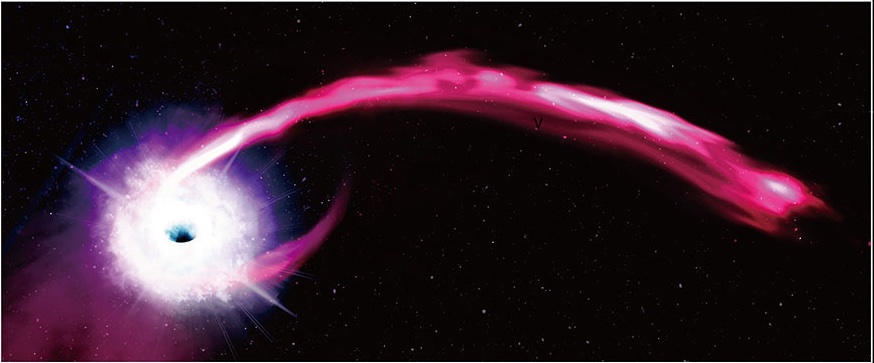Have you heard the story of Tanabata? It is a celebration in Asian culture especially in Japan. This discovery has something to do with the cosmic tale of Tanabata.
Tanabata or Star Festival begins with the story of a couple, Orihime and Kengyu, who can only meet every seventh day of the seventh month of the year. According to Japanese mythology, this pair is symbolized by two stars from different sides of the Milky Way namely, Vega (Orihime) and Altair (Kengyu). Like the couple, the two stars are only seen once a year. Very short meeting.
By leveraging the massive data set and the Subaru Telescope from National Astronomical Observatory of Japan (NAOJ), astronomers find phenomena that change very quickly such as the meeting of Orihime and Kengyu. Astronomical phenomena that change very quickly are also called transient phenomenon. This transient phenomenon changes very quickly in one day.
There are 20 transient phenomena studied by the team of astronomers in 2020. As a result, astronomers from NAOJ recognized phenomena that resembled supernovae or stellar explosions. This phenomenon is codenamed MUSSES2020J (AT 2020afay).
Initially, the MUSSES2020J appears very dim on the image or photo. But this object then becomes brighter as the observations are made. Apparently, astronomers managed to spot this phenomenon while it was in progress!
This team of astronomers also managed to confirm that MUSSES2020J evolved very quickly. About 50 times brighter than a normal supernova. Only a few events like this have ever been observed. The most famous is the AT 2018cow.
Astronomers have also proposed new names for events like MUSSES2020J. These are called fast blue ultraluminous transients (FBUT). Astronomers suspect that black holes and neutron stars play a role in making these transient events so powerful and fast. However, what happened and how it happened is still a mystery that must be answered.
Cool facts:
The ‘MUSSES’ in MUSSES2020J comes from the acronym for project MUltiband Subaru Survey for Early-phase Supernovae (MUSSES). The MUSSES project was built to search for transient events that evolve very rapidly up to one day after the event.
Source: This article is a republished version of Space Scoop Universe Awareness Indonesian edition. Indonesian edition of Space Scoop translated by heaven.
Related
–


